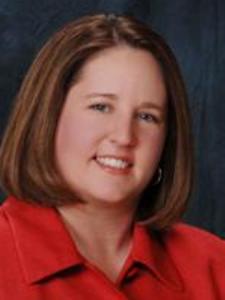
Krista H. answered • 03/26/19
Experienced Tutor in Language, Math, and Social Studies
With probability, we first need to understand what the problem is asking. There are specific vocabulary that we need to pay attention to in order to get the right outcome. This video gives a good example of how to complete a similar problem (https://youtu.be/Q_7PR9kRXWs). In the video, the presenter gives the example of finding the probability that a person will roll a 5 and then a 3 on a six-sided die. Similar to the original problem, the key word here is "and". When the word "and: appears that is telling us we must multiply the two probabilities together. But how do we know the probability of rolling a 5? We can find this out by setting up a fraction. When setting up a fraction, make sure to put the value of the whole (total possible) in the denominator (bottom) and the value of the part on the top (numerator). In the case of our example, we know our whole is 6 because we a re using a six-sided die. We We can find the value of our part by asking "how much does this represent of the whole?". We know that 5 is just one option out of the six and so we can find that our probability is 1/6 or .166 if we divide the fraction (probability is typically written in decimal form). Because rolling a 3 is also one option out of six, the probability is also 1/6 or .166. Now that we have the probability for all the potential outcomes we a re looking for we can go ahead and perform the operation. As previously mentioned, the word "and" tells us we need to multiply the two probabilities together and, so, we get this equation: .166 x .166 = ,028. So, the probability of rolling a 5 and a 3 is .028.




